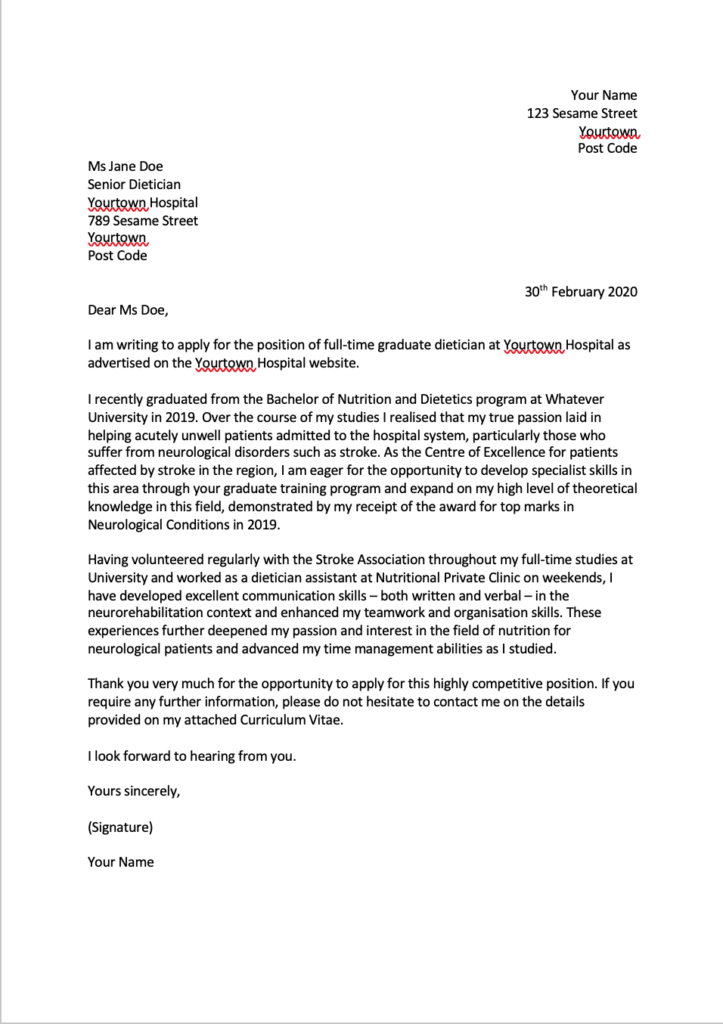Writing a Cover Letter
There are loads and loads of resources in the job recruitment arena already, so you won’t find it difficult at all to find help in this space. What I hope to do with this post is sift through all that info and pop it together in a nice tidy package specific to health professionals and the Aussie job market.

